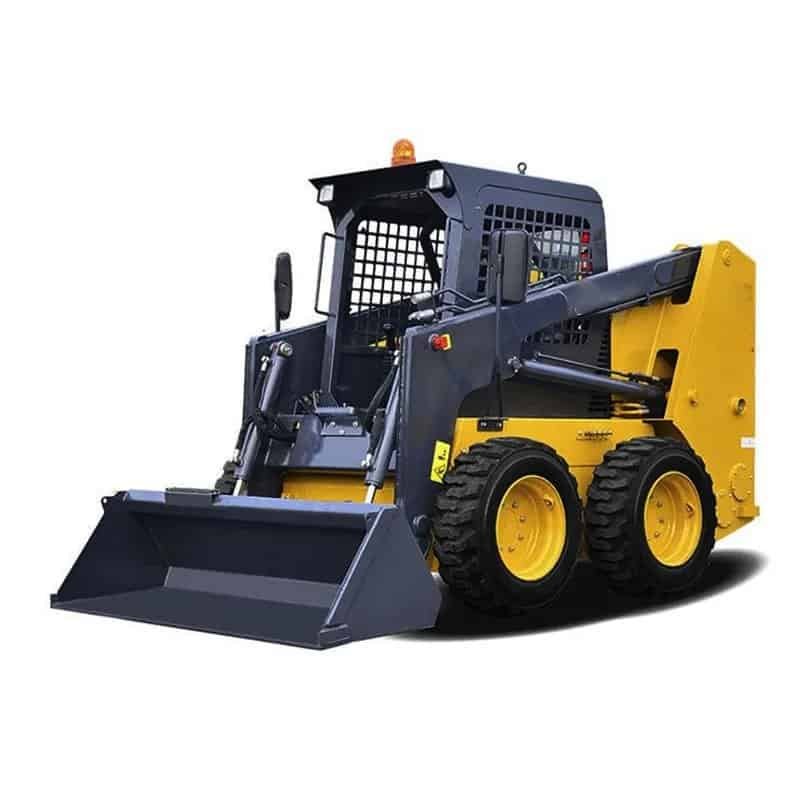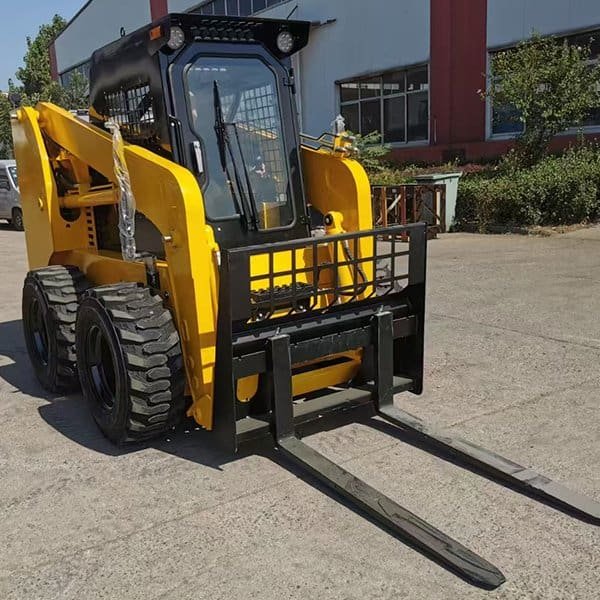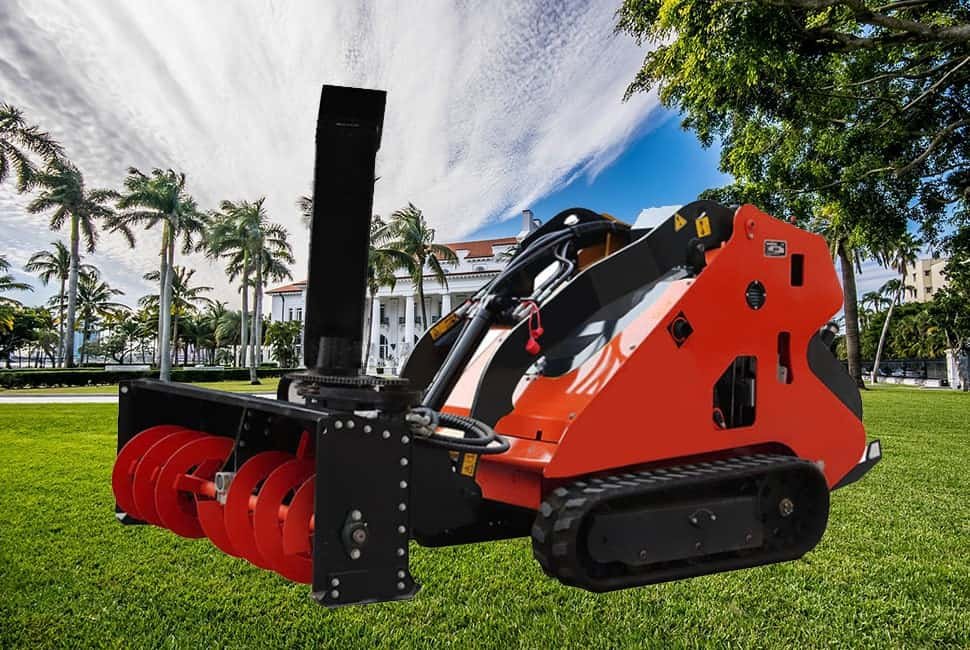What Are the Differences Between Backhoe and Excavator Controls?

Confused by backhoe vs excavator controls? You’re not alone. Choosing the wrong system or misunderstanding the controls can lead to poor efficiency—or worse, safety issues. This guide helps you clearly understand how each machine operates, and which control style suits your needs best. Backhoe and excavator controls differ in layout and operation. Backhoes typically use […]
What Are Tractors Used For?

Struggling to understand the full potential of a tractor? You’re not alone. Many buyers miss out on its wide range of functions. This article reveals how versatile tractors truly are. Tractors are primarily used for pulling and powering agricultural machinery. They are essential in farming tasks such as plowing, planting, harvesting, and towing. Tractors are […]
What Are the Uses of a Tractor Landscape Rake?

Struggling to clear your land, remove debris, or level soil with precision? A tractor landscape rake could be your all-in-one solution for efficient ground preparation and cleanup. A tractor landscape rake is a versatile tool used for clearing debris, leveling soil, removing rocks and roots, preparing seedbeds, and dethatching lawns. It’s commonly used in landscaping, […]
What Are the 10 Most Common Uses of a Tractor in Agriculture?

Tractors are the powerhouse of modern agriculture. With their immense versatility, they help farmers efficiently tackle multiple tasks, boosting productivity and reducing labor. Here are 10 uses of tractor in agriculture that make them indispensable. From tilling soil to harvesting crops, tractors play a crucial role in agriculture. They are used in various tasks, including […]
What Are the Most Common Uses of a Farm Tractor?

Still using your tractor just to pull things? You might be missing out on 90% of its potential. Let’s explore the wide-ranging uses of a farm tractor and how it can completely transform your farm operations. Farm tractors are used for plowing, tilling, planting, hauling, mowing, harvesting, and more. With the right attachments, a tractor […]
What Does a Tractor Do?

Tractors are essential machines in various industries, particularly farming and construction. While most people associate them with plowing fields, their capabilities extend far beyond that. Curious about what does a tractor do? Keep reading to discover its various functions. What Is a Tractor Used for in Farming? Tractors are essential machines in the agricultural sector, […]
What Are the Main Tractor Uses in Agriculture?

Farming without machinery is labor-intensive, slow, and often unproductive. Many farmers struggle with inefficiency and low yields. Fortunately, modern tractors revolutionize farming by simplifying key tasks across every stage of the agricultural cycle. Tractors are used in agriculture for plowing, tilling, planting, fertilizing, spraying, harvesting, transporting, and land leveling. With various attachments, tractors perform a […]
What Are the Common Uses of Tractors in Construction?

Think tractors are just for farming? Think again. On construction sites, tractors have evolved into powerful, versatile tools that can handle a wide range of tasks. In this article, we’ll explore their full potential in the construction world. Tractors are commonly used in construction for earthmoving, material hauling, grading, excavation support, and land clearing, thanks […]
What Is a Tractor and How Does It Work?

Facing challenges in farming or construction due to lack of efficient machinery? A tractor is a powerful vehicle designed to handle heavy-duty tasks with ease. This article will guide you through everything you need to know about tractors, including their uses, types, and working mechanisms. A tractor is a versatile, engine-powered vehicle primarily used in […]
What is the definition of a skid steer?

Looking for a clear skid steer definition but keep finding vague explanations? Many people struggle to understand what makes a skid steer unique. Don’t worry—this guide will break it down for you in a simple and practical way. Skid Steer Definition A skid steer is a compact, engine-powered machine with lift arms designed to attach […]
What Are the Uses of a Skid Steer Loader?

Struggling to find the right equipment for construction, farming, or landscaping? The wrong choice can slow down work, increase costs, and cause delays. A skid steer loader is a versatile solution, capable of handling multiple tasks with efficiency. A skid steer loader is a multifunctional machine used in construction, agriculture, landscaping, demolition, and road maintenance. […]
How Much Does a Skid Loader Weigh?

Choosing the right skid loader can be confusing, especially when weight plays a crucial role in transportation and operation. Without understanding its weight, you may face difficulties in hauling or even risk exceeding load limits. This guide will help you determine the ideal skid loader weight for your needs. Skid loaders typically weigh between 1,300 […]
Mini Excavator vs Backhoe: Which One Is Better for Your Projects?

Choosing the right equipment for your project can significantly impact efficiency and costs. When deciding between a mini excavator and a backhoe, understanding their differences is key. This guide will help you compare these two machines to make an informed decision based on your specific needs. A mini excavator and a backhoe are both versatile […]
What Is a Skid Steer Used For? Top Applications In Construction, Farming & More

Struggling to find a versatile machine for your project? A skid steer can handle multiple tasks across different industries, saving time and effort. Let’s explore its wide range of applications. A skid steer is a highly adaptable machine used in construction, landscaping, farming, snow removal, and more. With various attachments, it can dig, lift, grade, […]
What Is the Difference Between a Bulldozer and an Excavator?

Choosing the right heavy equipment can be challenging, especially when deciding between a bulldozer and an excavator. Selecting the wrong machine can lead to inefficiencies and increased costs. This article will clarify their differences to help you make an informed decision. The primary difference between bulldozer and excavator lies in their function and design. A […]


